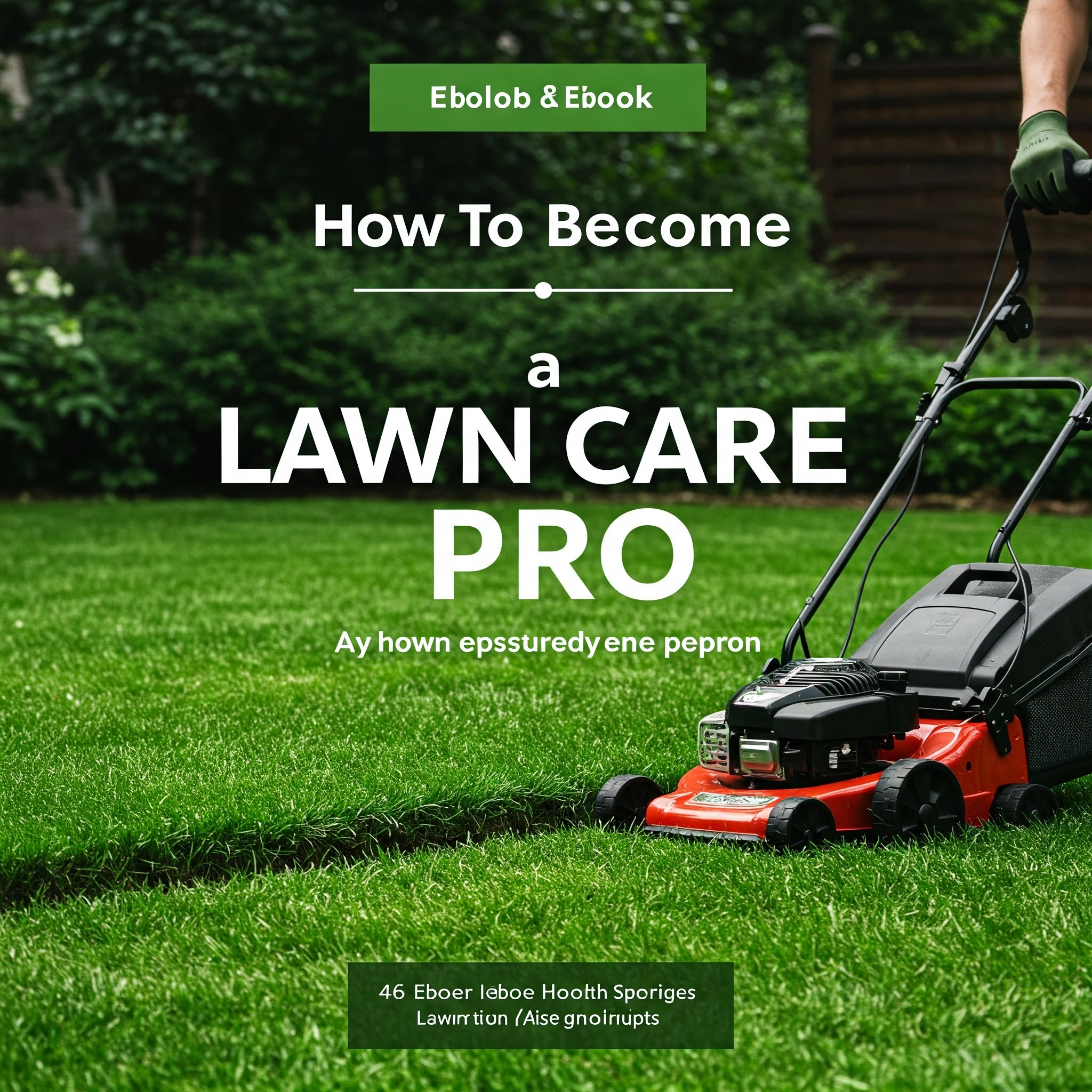Become A Lawn Care Pro: E-Book summary and Free download
The excerpts from “BecomeALawnCarePro” offer a valuable resource for individuals seeking to improve and maintain their lawns and gardens. The document provides clear, actionable advice across a range of essential topics, from the fundamentals of grass selection and maintenance to more advanced landscaping projects. The emphasis on both the aesthetic and practical benefits of a healthy outdoor space, coupled with detailed guidance, makes this a useful resource for both novice and experienced gardeners. The inclusion of a step-by-step guide for building a waterfall adds a unique and engaging element to the overall content.
Main Themes and Important Ideas:
- The Significance of a Healthy Lawn:
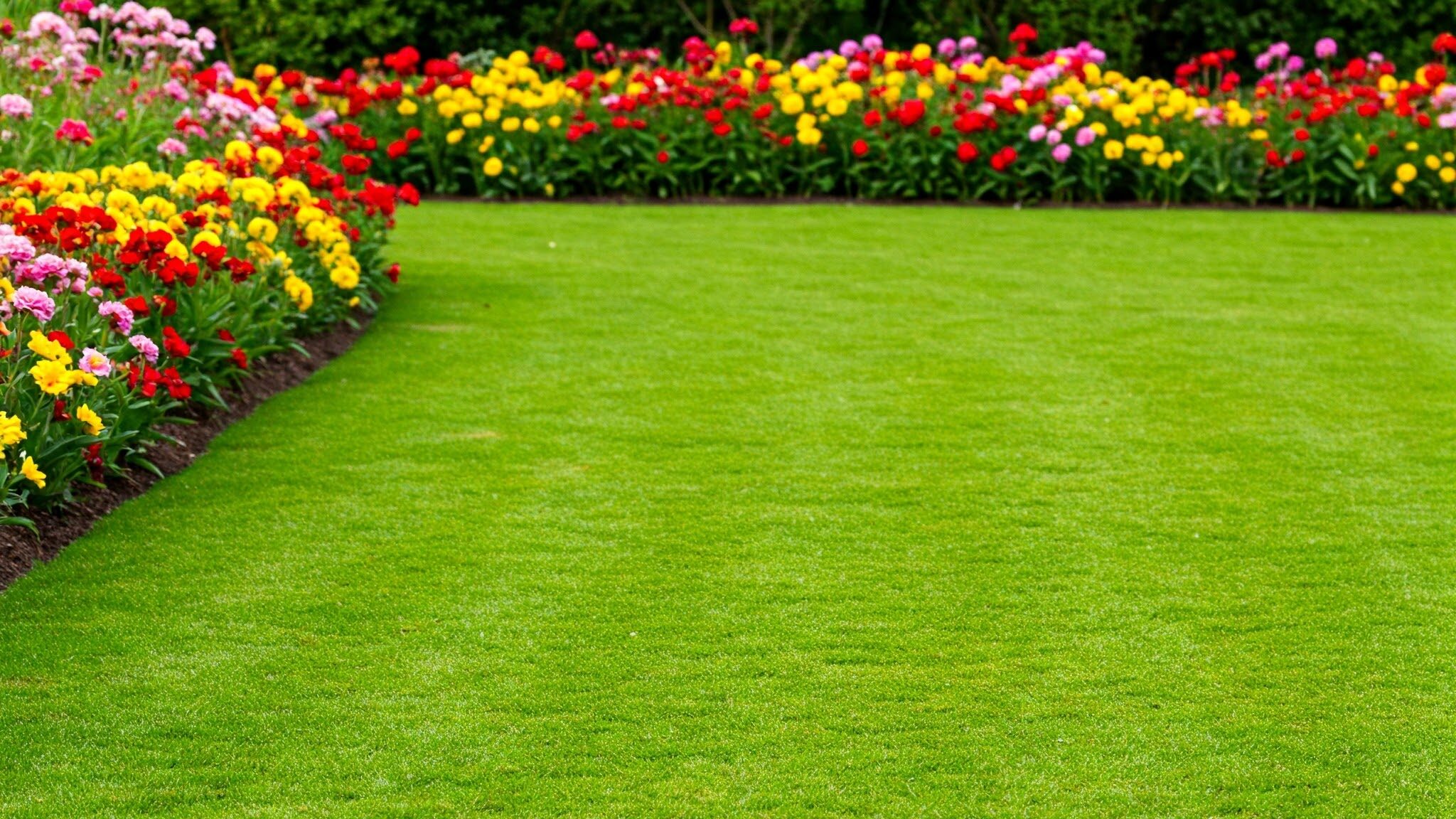
The document establishes that a well-maintained lawn offers more than just aesthetic value, highlighting its environmental contributions.
Environmental Benefits: “Environmentally, turf grass reduces carbon dioxide emissions, mitigating the heat island effect commonly found in our urban environments.” Additionally, lawns contribute to oxygen production: “Just 2,500 square feet of lawn not only absorbs carbon dioxide from the air, but it also releases enough oxygen for a family of four to breathe.”
Impact on Property Value and Homeowner Pride: A well-kept lawn is presented as a reflection of homeowner pride and a potential asset: “It can say volumes about your pride as a homeowner. It can say volumes about your lack of pride as a homeowner.” Furthermore, the guide suggests that a beautiful lawn can be achieved responsibly: “The reality is that you can have a beautiful lawn without harming the environment.”
- Selecting the Appropriate Grass Variety:
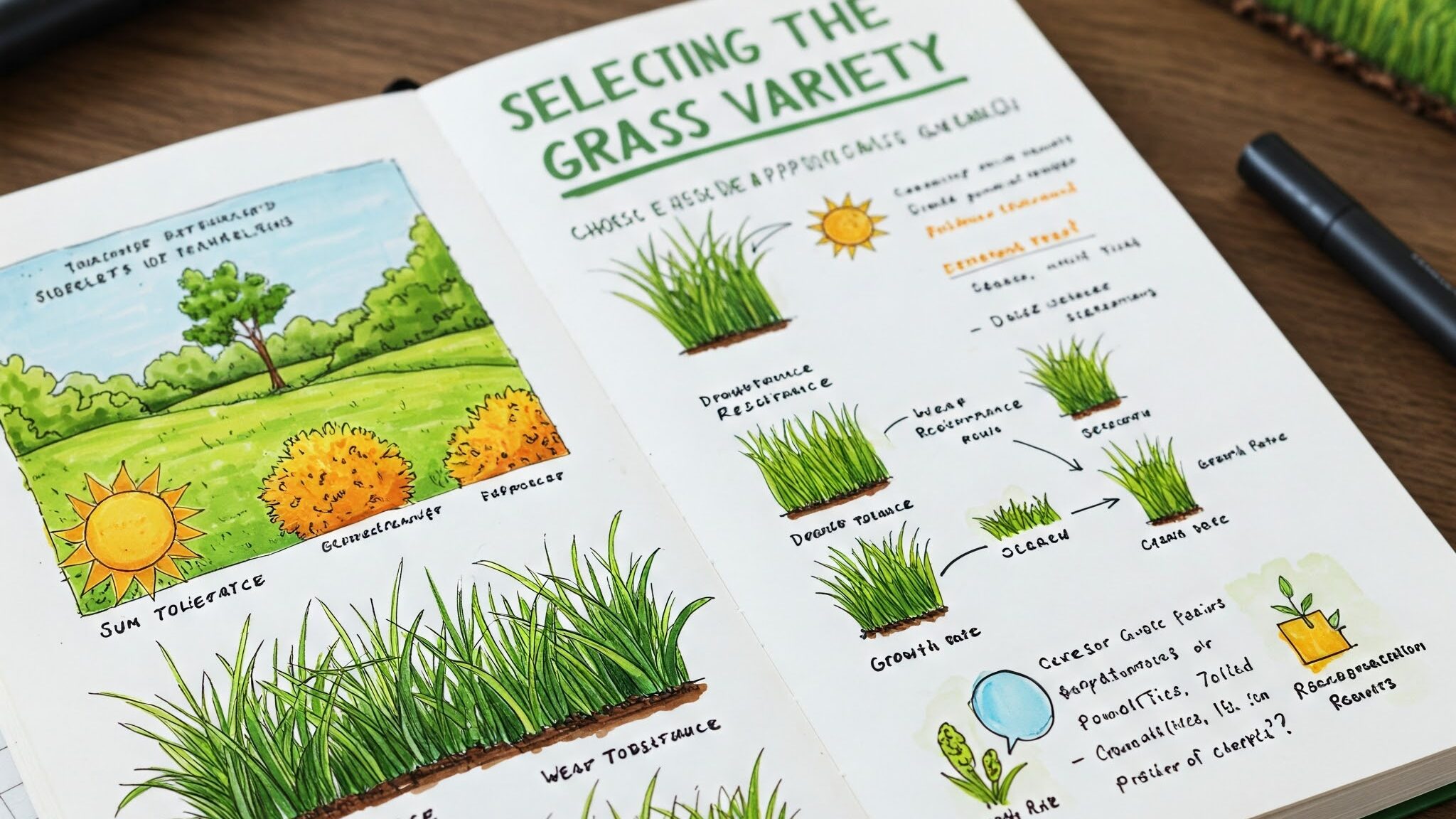
The guide emphasises that “Grass isn’t just grass,” and choosing the right type is fundamental for success.
Key Selection Factors: Maintenance requirements, climate, temperature and drought tolerance, shade adaptation, and wear resistance are identified as crucial considerations.
Specific Recommendations: The document provides tailored advice based on environmental conditions and usage, listing suitable grass types for shady areas (Fine-leaf Fescue, Tall Fescue, Bahia Grass, St. Augustine Grass), hot climates (Bahia Grass, Bermuda Grass, Seashore Paspalum, St. Augustine Grass, Zoysiagrass), cold climates (Fine-leaf Fescue, Kentucky Bluegrass), and high-traffic areas (Perennial Ryegrass, Kentucky Bluegrass, Bermuda Grass).
- Best Practices for Planting:
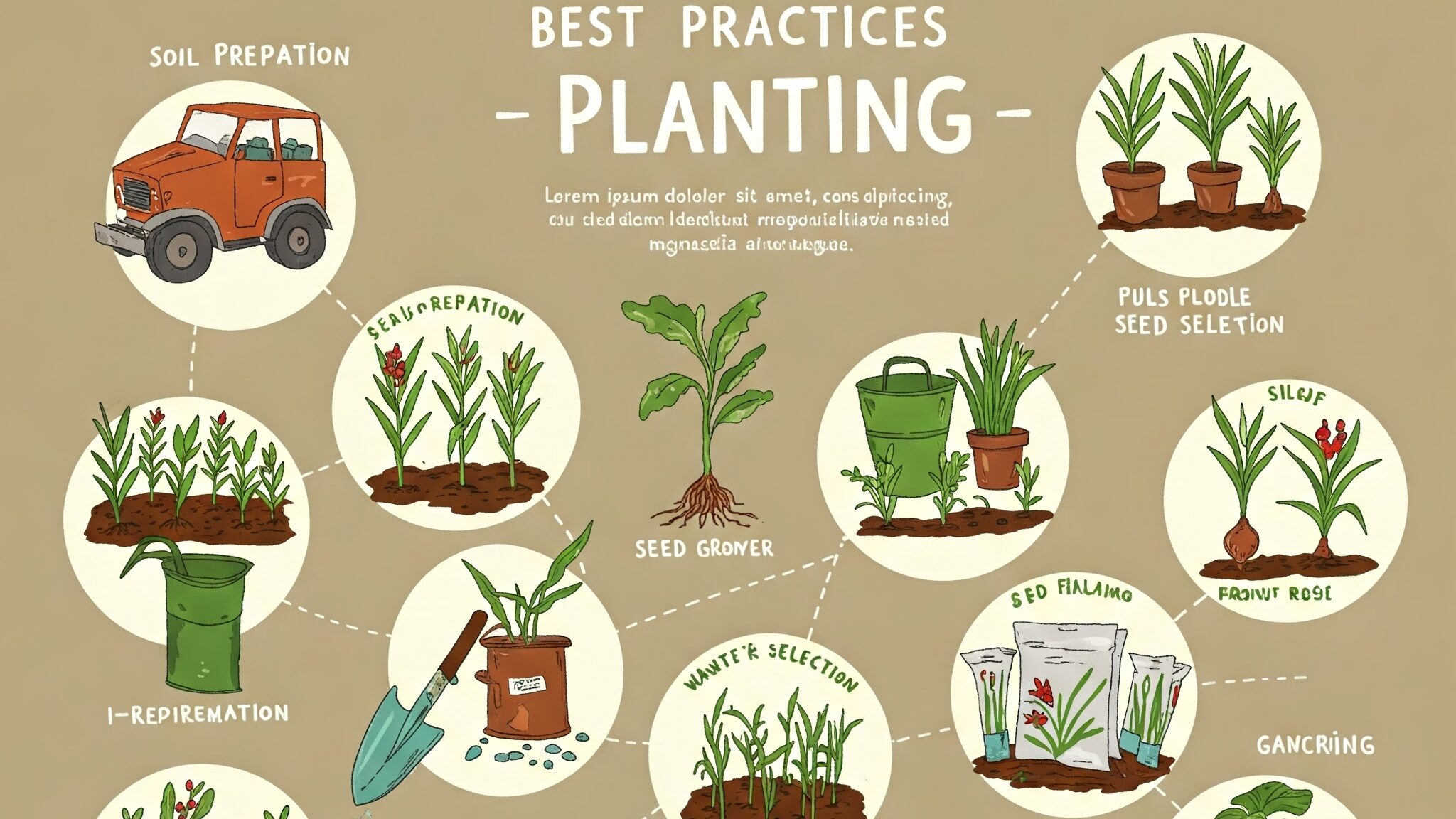
The source details appropriate planting methods depending on the existing lawn condition.
Existing Lawns (Thinning): Aeration and overseeding are the recommended approaches.
Bare Patches: The soil should be prepared to a “very fine powder” and fertilised before seeding.
Aeration Techniques: Core aeration (removing soil cores) is favoured over spike aerators for improving air and water penetration. The guide provides a visual cue for adequate aeration: “If you can look down at the lawn at any point and not see spots that don’t have holes larger than 6″, you are doing fine.”
Seeding and Fertilising: Uniform seed distribution using a spreader (“Do not use your hand and just throw it around, you won’t get even coverage.”) in a cross-hatch pattern is advised, followed by dragging to incorporate the seed. Starter fertiliser (high in phosphate) should be applied immediately after seeding, with a balanced fertiliser following after approximately one month.
Moisture Retention: Straw can be used to cover new seed and retain moisture.
Sodding: This is presented as a faster but more expensive alternative to seeding.
- Optimal Watering and Fertilising Regimes:
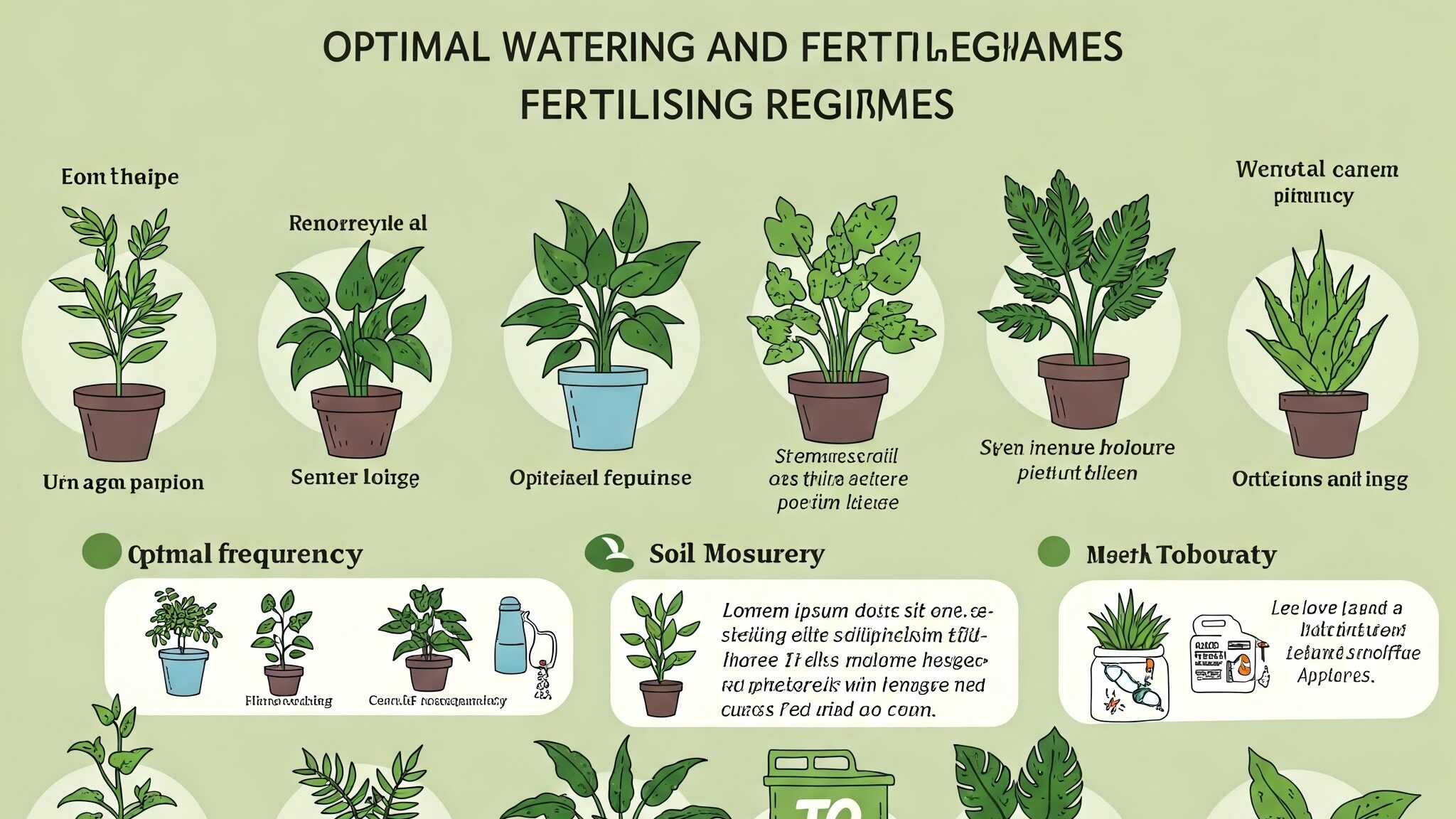
Consistent and correct watering and fertilising are highlighted as essential for a “lush lawn”.
Watering: Regular watering appropriate to the climate is crucial (“You won’t have that beautiful carpet you desire in your yard if you don’t give it proper watering on a regular basis.”). Underground automatic sprinklers are preferred for even distribution, but manual sprinklers are acceptable with consistent movement. Overwatering is cautioned against, with a general guideline of 1-1.5 inches of water per week, reaching specific soil depths depending on soil type. Using a rain gauge is recommended to adjust supplemental watering.
Fertilising: Fertilisers provide necessary nutrients for growth, germination, thickness, and overall health. A general schedule of four applications per year, roughly every 60 days starting before the growing season (“Spring fertilizing gets the grass off to a fast start giving you that rich green color everyone wants.”), is suggested. Slow-release fertilisers are noted for their gradual nutrient delivery. The guide stresses adherence to product instructions: “When applying lawn fertilizers, follow directions explicitly, concerning how much to apply, how often they should be applied, and under what conditions they should be applied.” Fertiliser spreaders are recommended for even application. Interestingly, the source states that “Turf grass roots will only absorb dissolved nutrients found in the soil water,” suggesting no inherent advantage of organic over conventional fertilisers for lawns.
- Effective Weed Control Strategies:

Managing weeds is deemed critical for a healthy and visually appealing lawn.
Impact of Weeds: “A beautiful smooth lawn gets most of its good looks from the fact that it is smooth and level with no weeds sticking up above the turf.” The presence of weeds can also indicate an underlying issue: “It is when the lawn isn’t as healthy as it could be that we see weeds becoming a problem for the lawn.”
Identification and Treatment: Understanding the specific type of weed is essential for effective control. The document mentions various weeds (Bentgrass, Dandelions, Ground Ivy, Moss, Mushrooms, Bermuda Grass, Chickweed, Dallis Grass, and Plantain) and provides specific advice for some.
Moss Control: Moss is identified as an indicator of underlying problems (“Moss doesn’t grow in healthy lawns.”) such as poor fertility, compaction, drainage, or shade. Addressing these root causes is emphasised over solely relying on herbicides, which are considered short-term solutions.
Herbicide Use: Pre-emergence herbicides can prevent seed germination. Spot treating weeds (“Consider spot treating weeds rather than broadcasting weed killer over the entire area.”) is often preferred. Caution is advised when using herbicides on new lawns or near trees.
- Management of Patch Diseases:
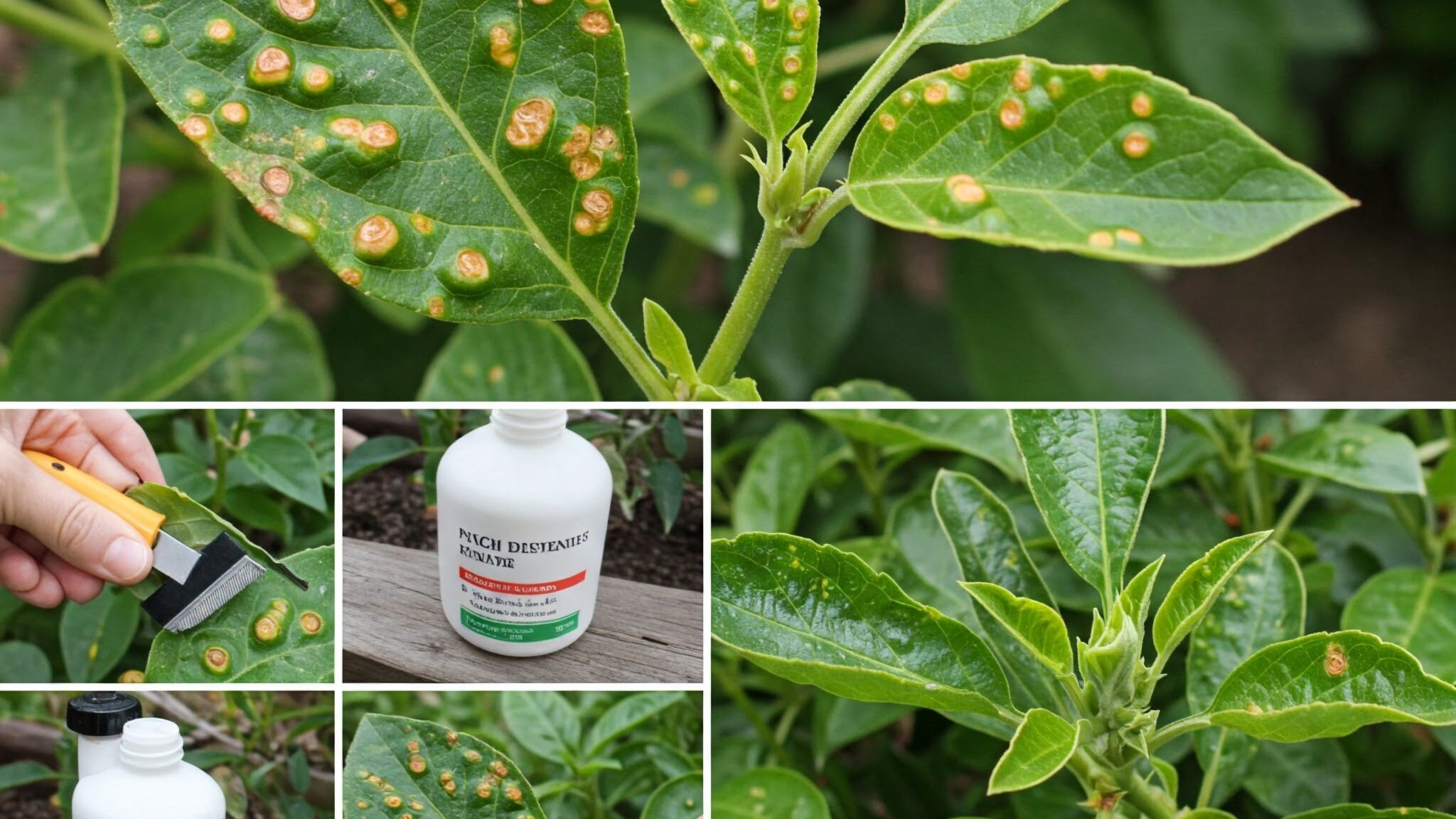
The guide addresses fungal infections that can damage lawns.
Identification and Prevention: Common patch diseases (summer patch, yellow patch, necrotic ring spot, red thread, pink patch) are mentioned. Prevention through proper mowing, watering, and fertilisation is highlighted (“To control red thread and pink patch: Mow and water correctly; Maintain a sound fertilization program.”). Core aeration is also beneficial.
Treatment: Early application of fungicides may offer temporary control.
- The Importance and Methods of Lawn Aeration:
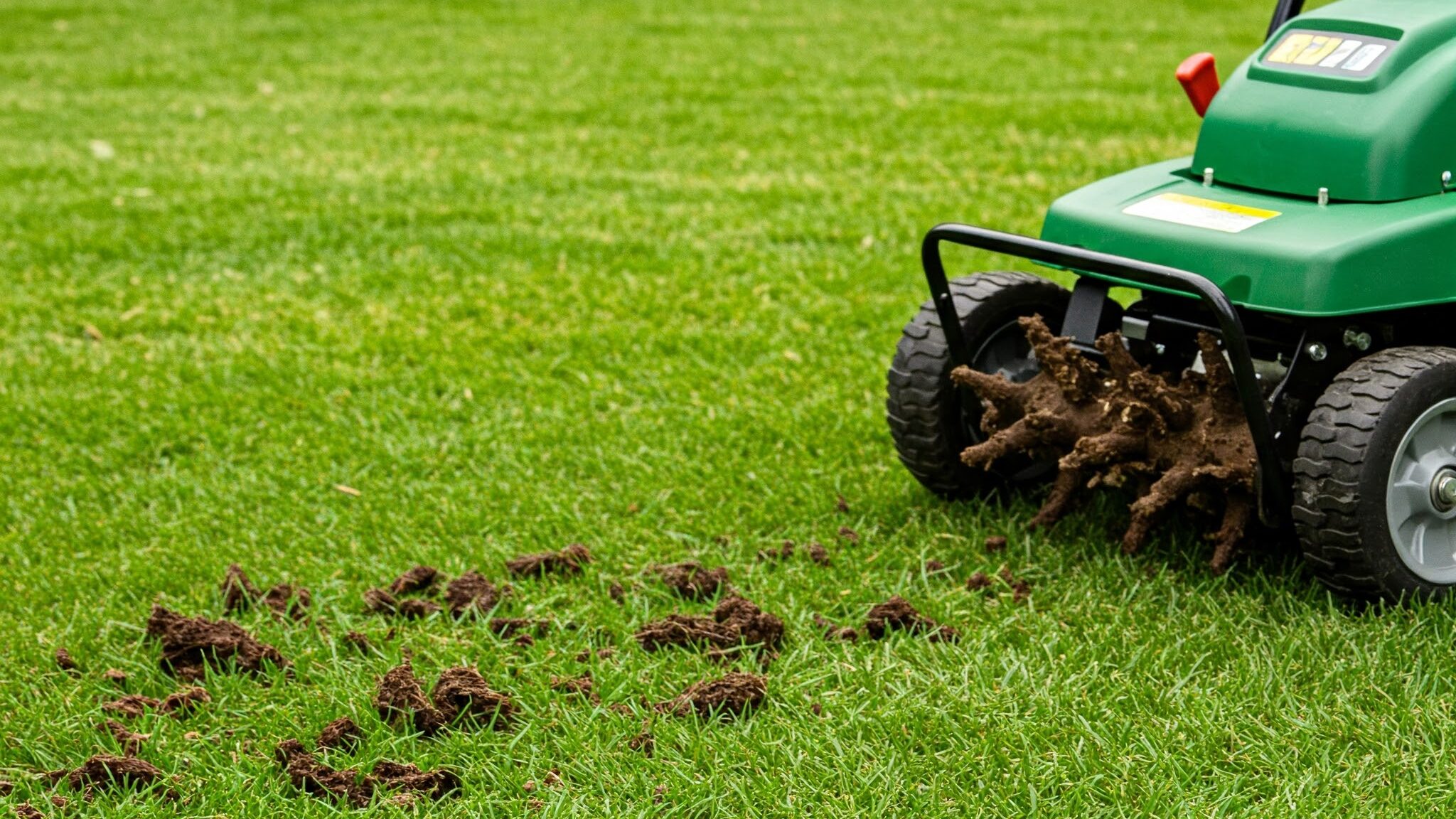
Aeration is presented as a key practice for soil health.
Benefits: Improves soil breathing, reduces compaction, helps control thatch, and enhances water and fertiliser penetration.
Timing and Techniques: Ideally done annually in spring (after thawing) or autumn (for Northern lawns) when air temperature is around 60 degrees. While spiked shoes are a simple method, core aerators or vertical mowers are recommended for compacted soil or thick thatch (“This lawn aeration equipment will pull “cores” or plugs of soil out of the ground, letting air in.”).
Core Removal: Removed soil plugs should be 2-3 inches deep and spaced approximately 3 inches apart.
- Selecting and Maintaining a Lawn Mower:
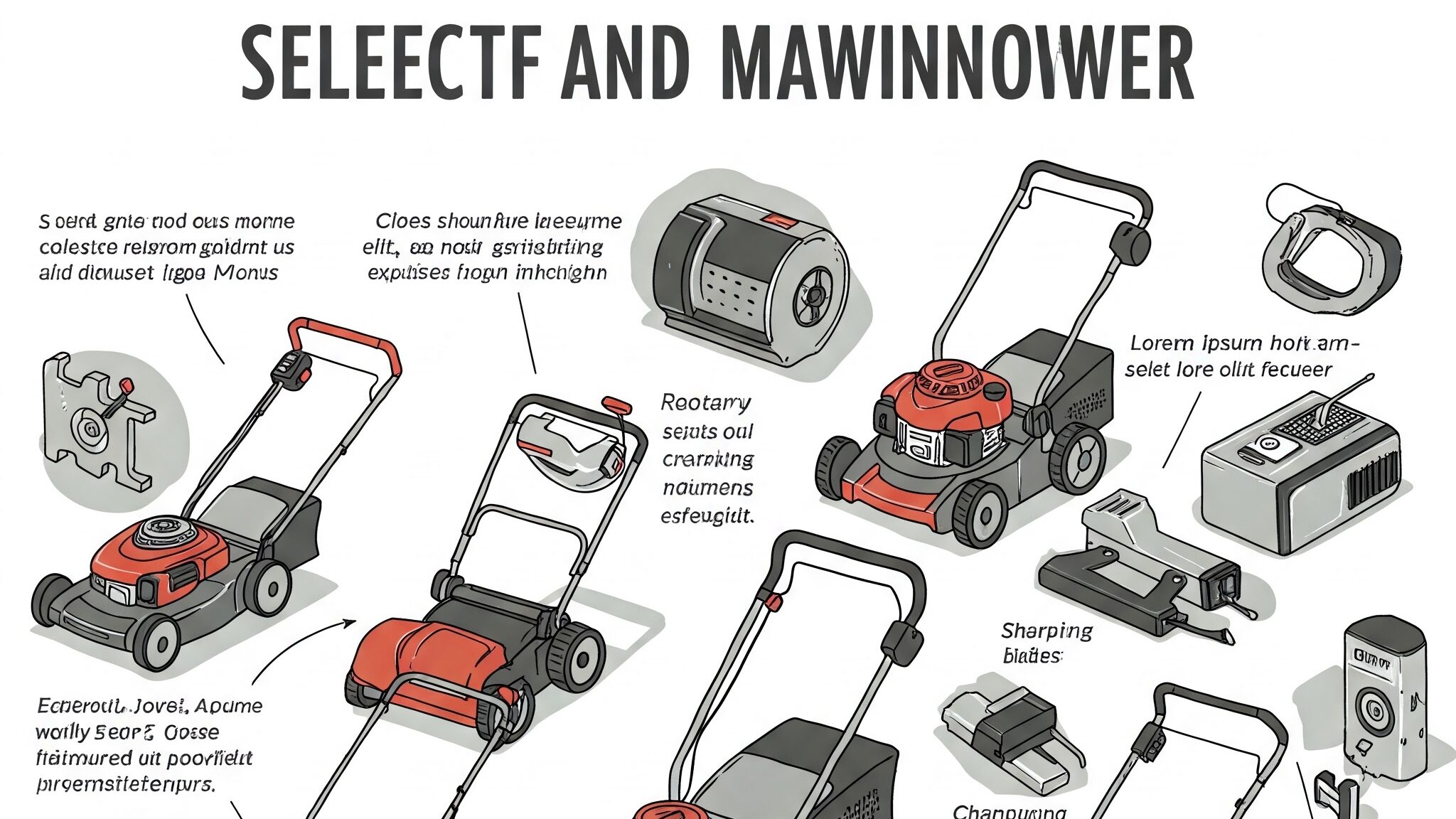
Choosing and caring for a lawn mower is crucial for effective lawn maintenance.
Types of Mowers: Reel, rotary (push, self-propelled, riding/tractor), and cordless mowers are discussed, with recommendations based on lawn size, terrain, and user preference. Cordless mowers are suggested for smaller, level lawns mowed regularly. Mulching mowers are noted for their ability to return nutrients to the soil.
Mowing Techniques: Proper mowing is considered a critical factor in lawn appearance (“Proper mowing, along with proper watering, can be the most critical factor in the appearance of a lawn.”). Mowing at the correct height for the grass species and avoiding removing more than 1/3 of the leaf blade at a time are emphasised. “Scalping” should be avoided.
Blade Maintenance: Keeping mower blades sharp is essential to prevent shredding (“A dull mower blade shreds the tips of the grass blades.”), which can lead to moisture loss and disease. “Dull blades harm lawns. Ripped out chunks of grass are highly vulnerable to a myriad of lawn diseases.”
General Maintenance: Regular maintenance including oil changes, spark plug replacement, air filter cleaning/replacement, blade sharpening, and undercarriage cleaning is necessary. A tune-up at the start of the mowing season is recommended.
- Managing Grass Clippings:
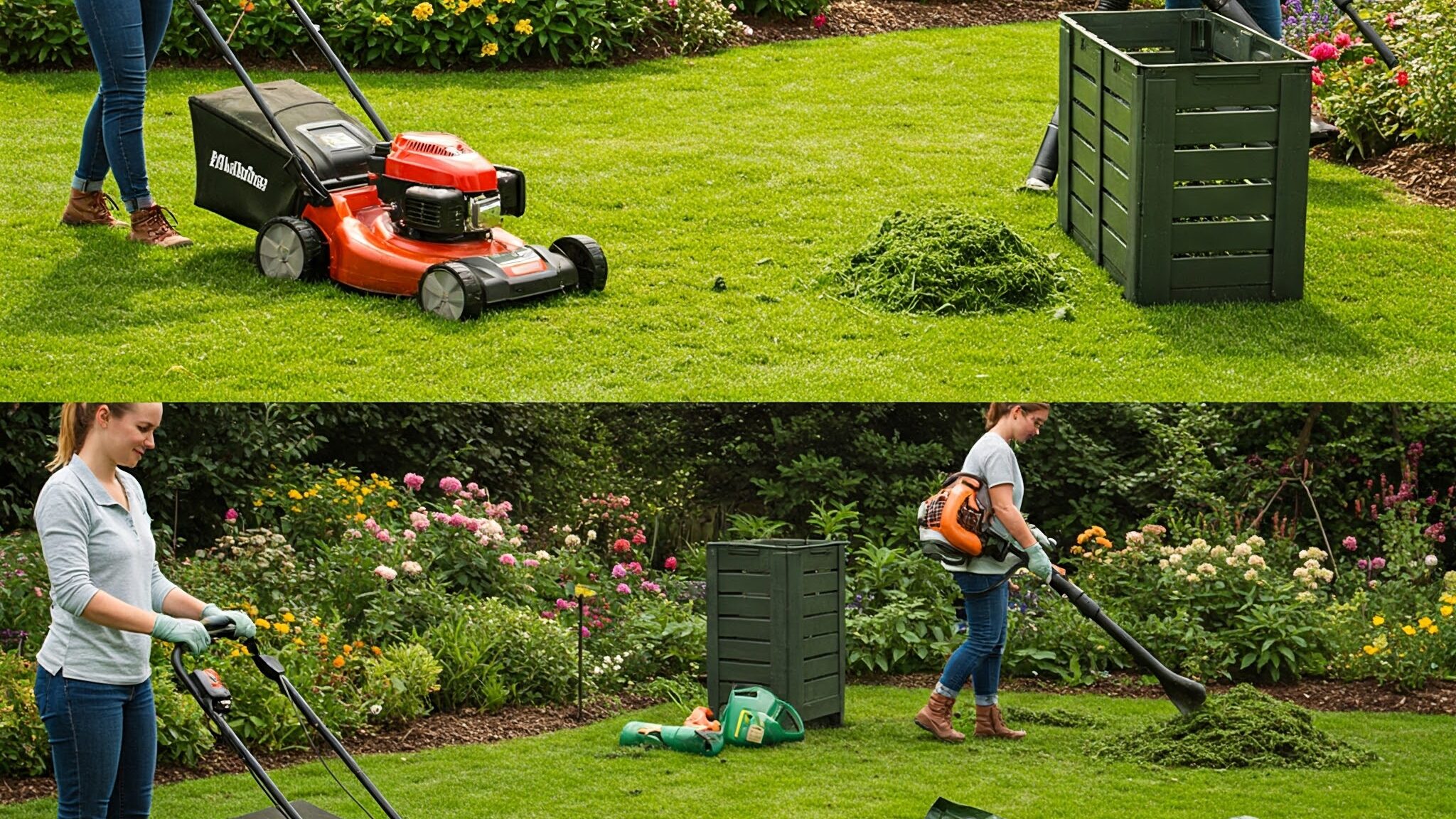
The document acknowledges differing opinions on whether to retain or discard grass clippings but does not offer a definitive recommendation within the provided excerpts.
- The Importance of Leaf Removal:
This topic is listed but not elaborated upon in the provided excerpts.
- Landscaping to Enhance Your Lawn:
Landscaping is presented as a way to complement a healthy lawn and increase property value significantly (“According to many realtors, adding landscaping effects can increase the value of your home and property by as much as fifteen percent!”).
Key Aspects: Trimming trees, selecting a mix of shrubs, plants, and flowers (examples provided: Azaleas, Butterfly Bush, Roses, Boxwood Shrub, Yews, Winterberry Holly, and Forsythia), and planning the layout considering sunlight and care needs are recommended.
Planting Techniques: Proper techniques for planting bushes and trees, including digging a large hole, mulching, and fertilising, are outlined.
Additional Features: The document mentions the potential of adding a deck or porch.
- Building a Waterfall as a Landscaping Feature:
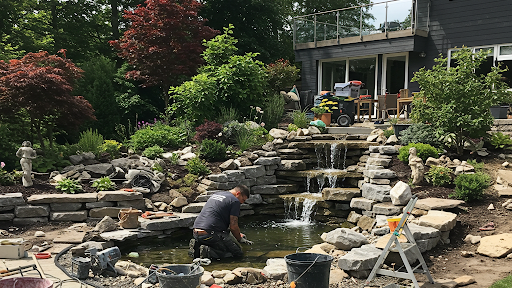
A detailed, step-by-step guide for constructing a simple rock waterfall is provided, including material lists and construction instructions. Key steps involve site preparation, pond digging, liner placement, rock selection and arrangement (emphasising “spillway” rocks), using a flower pot for pump tubing, and employing plastic sheeting to minimise water loss. The importance of levelling and ensuring proper water flow, as well as proportional sizing of the waterfall to the pond, are highlighted.
- Environmental and Property Value Benefits Summarised:
The conclusion reiterates the ecological advantages of a healthy lawn, such as preventing runoff and erosion, acting as a water filter, providing a cooling effect, and producing oxygen. It also reaffirms the potential increase in property value associated with well-executed landscaping and lawn care.
